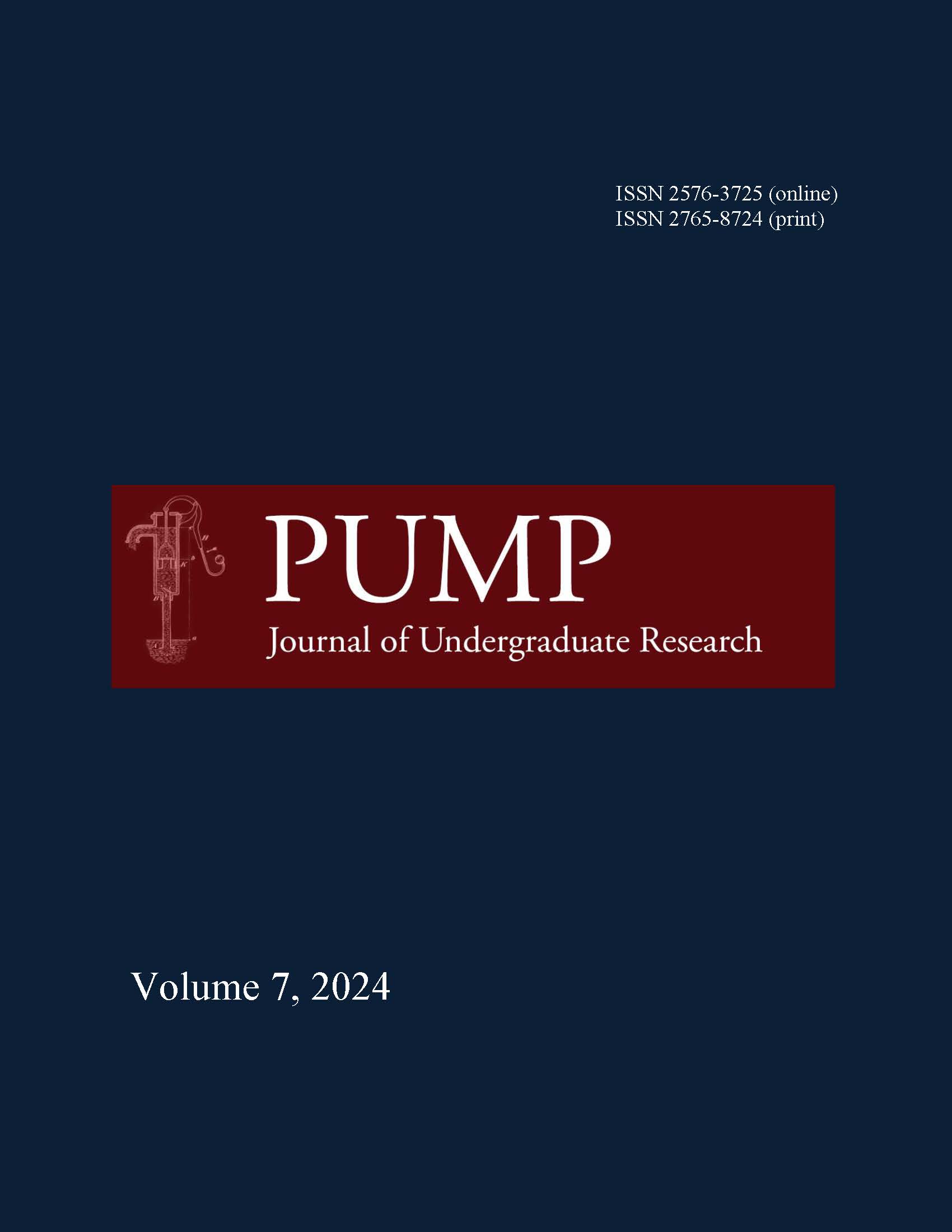An Empirical Analysis of the Effect of Ballot Truncation on Ranked-Choice Electoral Outcomes
DOI:
https://doi.org/10.46787/pump.v7i0.3778Keywords:
ranked-choice voting; ballot truncation; empirical resultsAbstract
In ranked-choice elections voters cast preference ballots which provide a voter's ranking of the candidates. The method of ranked-choice voting (RCV) chooses a winner by using voter preferences to simulate a series of runoff elections. Some jurisdictions which use RCV limit the number of candidates that voters can rank on the ballot, imposing what we term a truncation level, which is the number of candidates that voters are allowed to rank. Given fixed voter preferences, the winner of the election can change if we impose different truncation levels. We use a database of 1183 real-world ranked-choice elections to empirically analyze the potential effects of imposing different truncation levels in ranked-choice elections. Our general finding is that if the truncation level is at least three then restricting the number of candidates on the ballot rarely affects the election winner.


